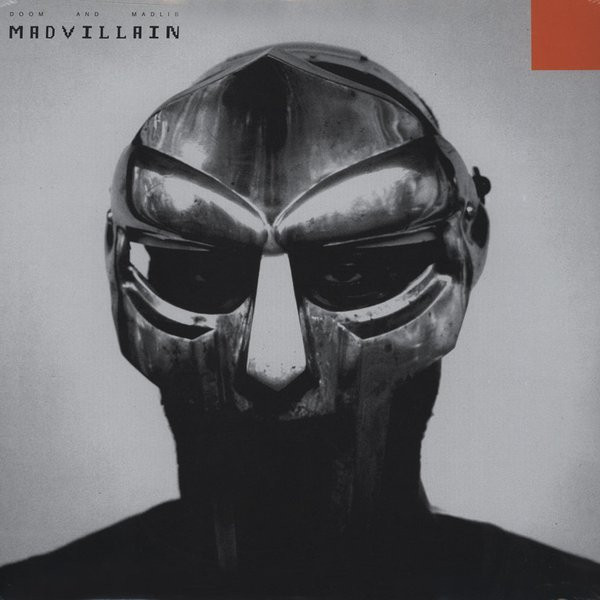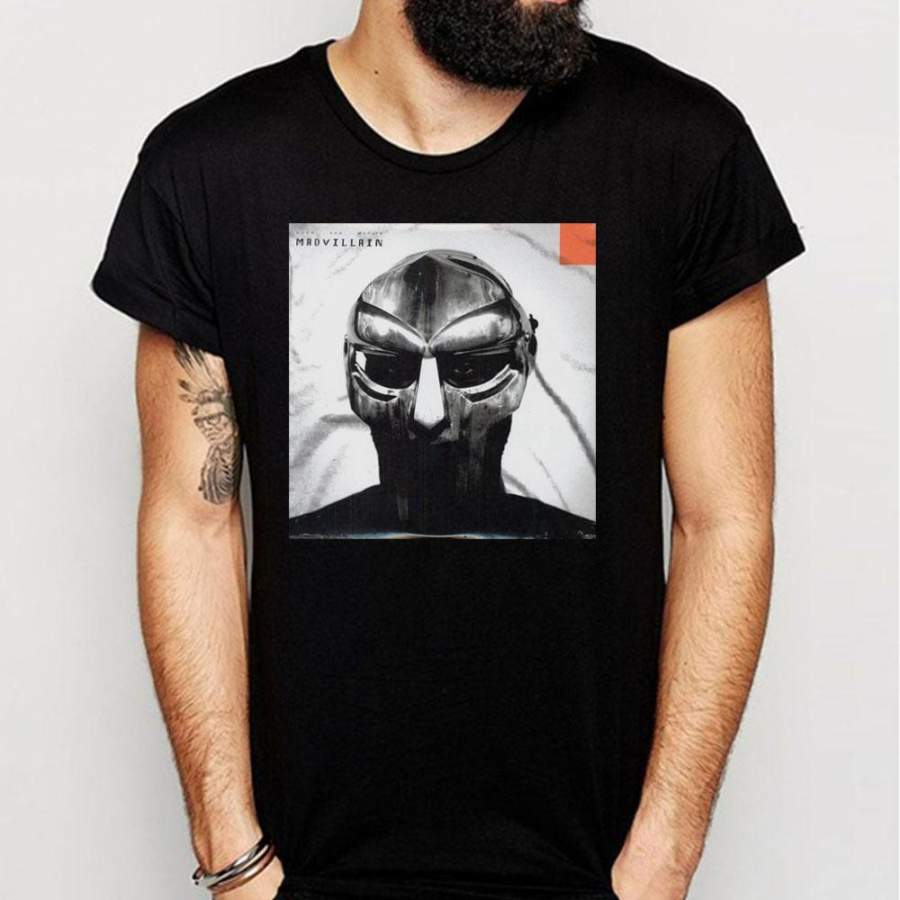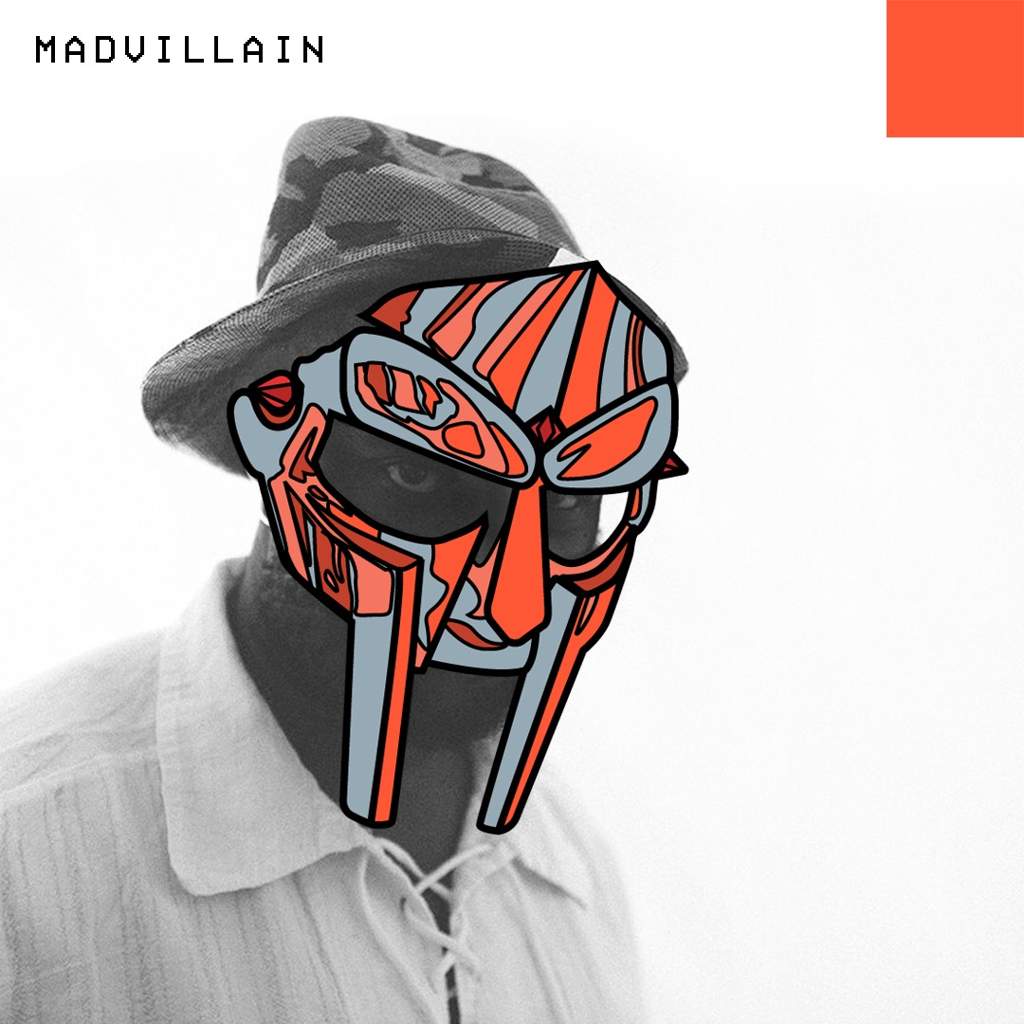
Hip-hop, perhaps more than any other genre, is overflowing with artists who have adopted a nom de guerre. It says, "Our music is so loud it wakes the long-dead and turns them insane." It would be hard to think of a more enticing advertisement for the 17-year-old white male target audience, who wanted nothing more than to annoy the living hell out of their parents. The Piece of Mind cover captures the spirit of Eddie, and what to expect from Iron Maiden's sound, perhaps more perfectly than any other iconic image associated with a band. Perhaps best described as a lunatic skeleton, Eddie-brought to life by artist Derek Riggs-appeared not only on most of Maiden's album covers but also at their live concerts, video games and countless other media. For a period of time in the early '80s, few images associated with popular music were more iconic than Eddie, the "face" of Iron Maiden. And it stands to reason that a band making music that primarily appeals to teenage boys would employ a cartoon character. Heavy metal is perhaps more reliant on imagery than many other genres. Unlike many of the other albums on this list, it doesn't seem to be speaking to a particular audience, or working hard to sell the product, and perhaps nothing could be more "on brand" for Radiohead. The end result-the impressionistic mountain ranges, the BD Plakatbau font and the dark, muddy sky-all create a feeling of unease, as if you are out of place in both time and space. To me, it harkens back to the iconic Joy Division cover for Unknown Pleasures from a ground level as opposed to a bird's eye view.

Designed by lead singer Thom Yorke and frequent artistic collaborator Stanley Donwood, the Kid A cover was inspired by the effects of climate change on the polar ice caps, and also by a photograph of the Kosovo war. While other bands (see U2 below) were more direct with their anti-war statements, Radiohead chose a more suggestive approach. Befitting a band that can be enigmatic at times, the cover art for Kid A seems simple, but packs hidden meaning. But I missed out on all the B.S., and several of the songs on this album rank among my all-time favorites. But in retrospect, I imagine that if I had loved "Creep"-era Radiohead, I'd probably have been pretty upset with Kid A. Like many bands, I came to Radiohead late. Everything about this cover art shouts the exact opposite of what you would expect from a debut album, a fitting harbinger to the spectacular if short career of the best British band of their generation. The choice of Dallesandro and Warhol also speaks to Morrissey's childhood obsession with America. At a time when British pop bands sported names like Orchestral Maneuvers in the Dark and Kajagoogoo, the Smiths were purposefully anonymous, not even appearing on the cover of their debut album.

The cover of their self-titled debut, designed by Morrissey himself, featured American actor Joe Dallesandro in a cropped still from Andy Warhol's 1968 film Flesh. The lyrics, his personal style, and those album covers-also so uniquely Morrissey and the Smiths. I probably owned 30+ albums, singles and bootlegs from the Manchester outfit, whose image was so carefully curated by frontman Morrissey. I didn't discover the Smiths until college, a little after they had already disbanded, but when I fell, I fell hard. The 10 album covers I'm going to highlight weren't necessarily from my favorites artists, though many were, but all stand as examples of artwork that I think really capture the artist and also say something to the potential audience.Īs a marketing professional, I think about not just the band but the brand, and these covers stand as strong examples of not just music, not just art, but also a manifestation of how an artist can be a brand. Great album covers enhance the artist and the music, adding new dimensions and depth to what the artist is trying to convey. But that period of time, pre-compact disc, was a golden era for album cover art, and I remember many from that time that piqued my curiosity, inspired me or outright frightened me.Īs I got older and learned to appreciate music, and graphic design, I realized how my feelings about a band were based not just on their music, but on their album art as well.


I didn't have an older brother with an epic record collection to thumb through or a super-hip mom with an amazing stash of vinyl next to the hi-fi. Growing up in the late '70s to early '80s, I really wasn't much of a music aficionado.


 0 kommentar(er)
0 kommentar(er)
